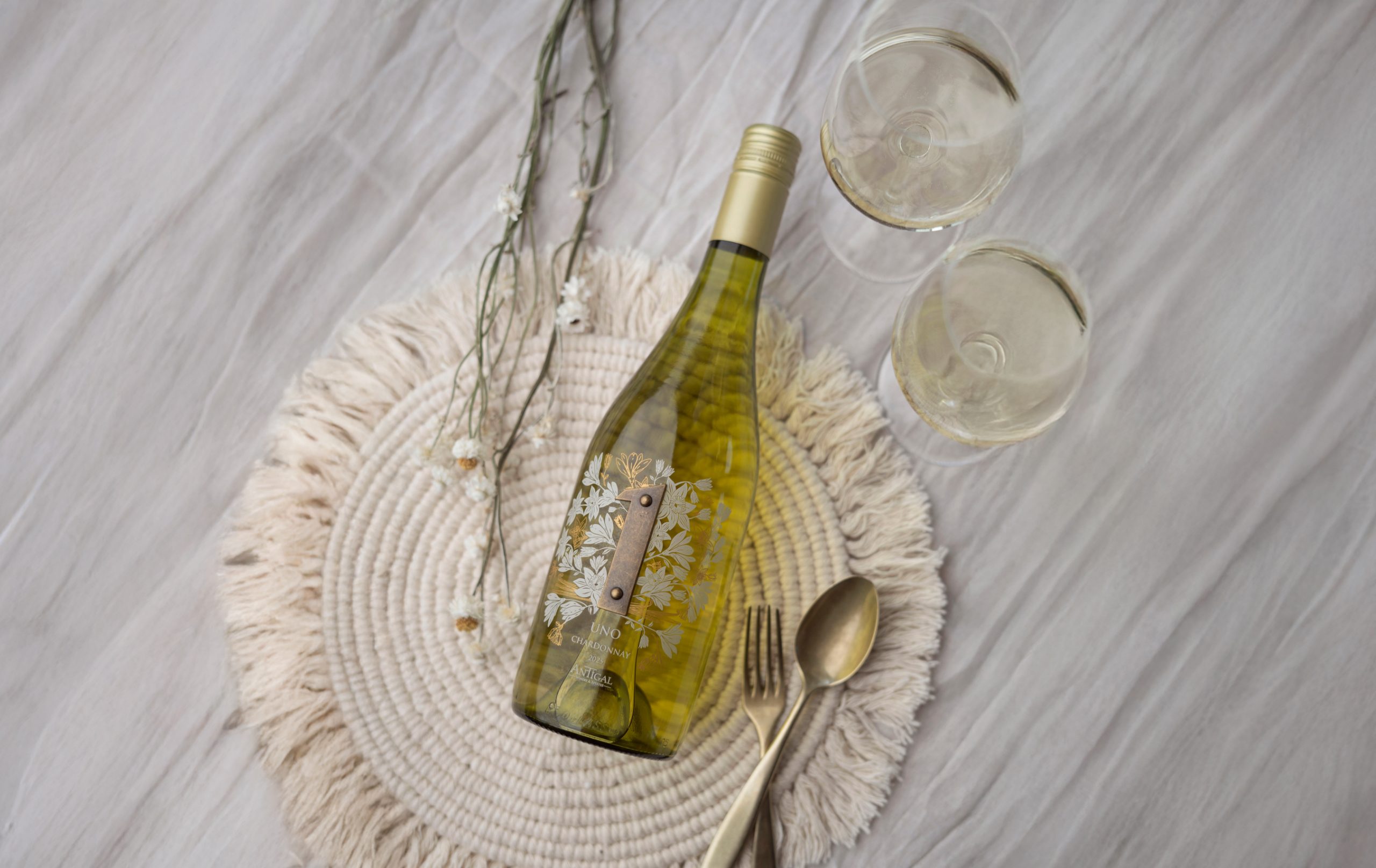Could a baijiu surplus scupper the China import boom?
As China’s economy rebounds, global spirits giants are rubbing their hands together in anticipation of growth. But they may want to watch out for a surplus in baijiu stock…

Recent figures from Diageo, LVMH and Rémy Cointreau show the North American market for spirits slowing to growth rates in the mid single digits, comparable to those seen in 2018 and 2019. So as demand normalises in the post pandemic world, eyes are turning to the East.
China’s middle class has been among the fastest growing in the world, swelling from 39.1 million people (3.1% of the population) in 2000 to roughly 707 million (50.8%) in 2018 – the latest estimate.
Since then the strictures of lockdowns and the high cost of accommodation in a rapidly urbanising society have put pressures on employment and earnings but they have not curbed aspiration.
Beijing has made an about-turn from last spring’s travel bans in response to growing internal protests and the slowing of the economy and now China’s economy is on the rebound thanks to a package of support policies and the move to abandon Covid controls.
Economic activity swung back to growth in January, after a wave of Covid infections swept through the country faster than expected following a sudden lifting of pandemic controls in December.
Evidence of just how quickly China is reopening came last week when Hong Kong’s tourism body unveiled a scheme to give away half a million free flights via local airlines to swell visitor numbers this year.
The International Monetary Fund has raised its forecast on China’s economic growth this year to 5.2%, compared with 3% in 2022 and expectations are increasing that international drinks companies will make further inroads into the market with their premium brands.
Chinese spenders account for about 40% of the annual growth in global luxury goods sales, a category which includes premium and super premium wines and spirits.
Locally-produced baijius take 95% of the national beverage alcohol market, underlining the reality that as the middle class emerges there is demand there to be tapped.
Rémy Cointreau, whose Rémy Martin Cognac range leads the market in China, says it is focusing on the “very dynamic” Chinese market .”The magnitude of (China’s) reopening … will be massive,” according to finance chief Luca Marotta.
In the first 10 days of this year, global investors sank almost US$2 billion into baijiu group Wulianye Yibin and only a marginally smaller amount into Kweichow Moutai, China’s biggest non-tech company, whose shares have put on nearly 6% since 1st January.
The CSI Liquor index, which tracks alcohol stocks, rose 9% in January as – unsurprisingly – baijiu became an early beneficiary in demand as socialising and entertaining started to return to normal in the build up to the Lunar New Year on 22 January.
There will be keen interest in what Pernod Ricard reveals about its China sales when it announces half-year results in 10 days’ time. The People’s Republic is the French company’s second largest market after the US.
Partner Content
Although its results will take in business only up to 31 December, analysts and investors will be looking for early guidance on sales of premium products against a background of fears that New Year celebrations that only marginally reduced the huge inventories of baijiu built up during the pandemic.
The Financial Times has reported one baijiu agent in Beijing who said his sales had tripled and that he had imposed a 20% price rise in the run up to the Year of the Rabbit on 22 January.
On the other hand, resellers say the industry has unopened stock worth more than US$40 billion, equivalent to half the total retail sales in 2021.
The FT said that this large surplus, notably for smaller baijiu brands, has kept a lid on prices, even though producers have been urging increases to offset output that has fallen for the past five years.
How much the surpluses of baijiu will impede international groups from determinedly pushing through price rises for premium and ultra premium spirits remains to be seen despite the Chinese penchant for ostentatious displays of wealth and taste.
One group hoping that more liberal relations are developing in China are Australian wine producers, who saw almost 40% of their export markets wiped out overnight when Beijing imposed swingeing tariffs in retaliation against criticism of its internal human rights policies and allegations that China was responsible for coronavirus.
Relations between the two countries are improving gradually. Australian prime minister Anthony Albanese had informal chats with President Xi Jinping at November’s G20 summit in Bali and their respective trade ministers are due to hold a scheduled virtual meeting this week.
China has lifted some restrictions on Australian coal imports – possibly to aid its own heavy industries – and there are quiet hopes that a resumption of trade relations can be negotiated in the coming months.
Australia’s biggest wine group, Treasury Wine Estates, was forced by the tariffs to rethink its global business plan and investors will be looking for further signs of its development in South East Asia and the US when it announces results in 10 days’ time.
Investors, however, are already convinced that Treasury is recovering well. Its shares have moved up towards the A$15 mark, recovering more than half of the ground lost three years ago.
A reopening of the China market to its Australian wines would give that an immediate boost.
Related news
Strong peak trading to boost Naked Wines' year profitability




